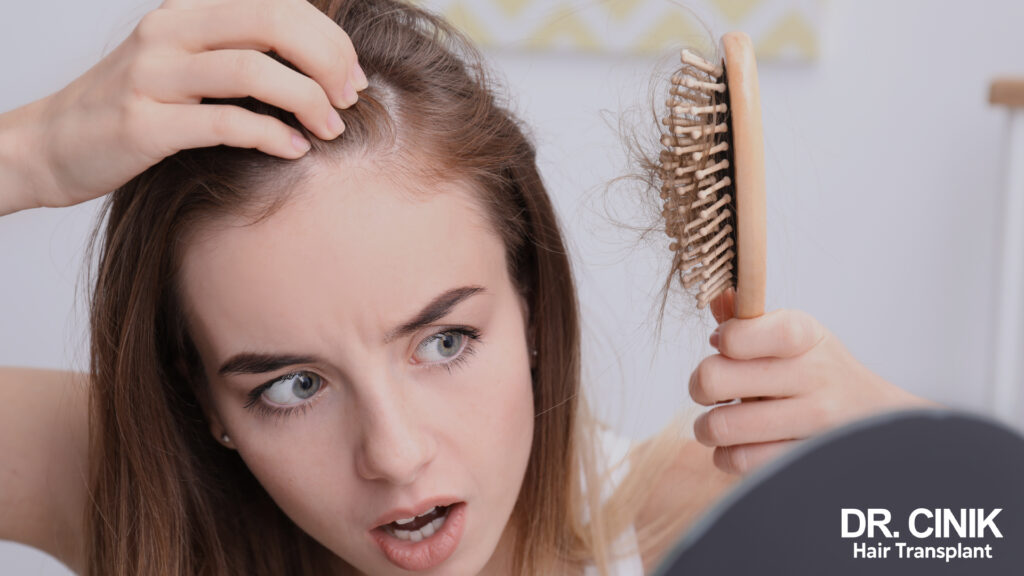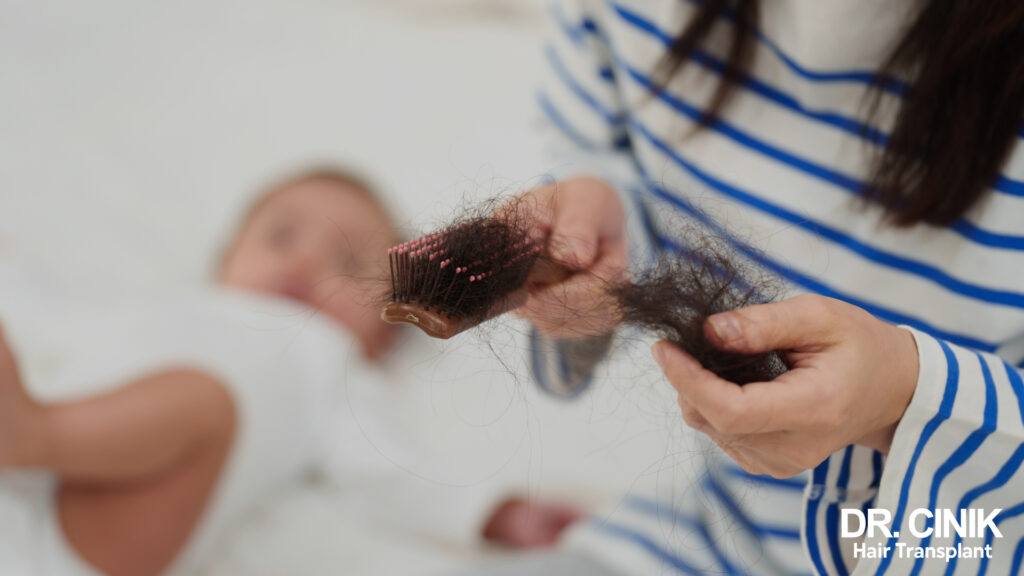Hair Styling Post Hair Transplant: Timing Your First Haircut and Choosing a Style
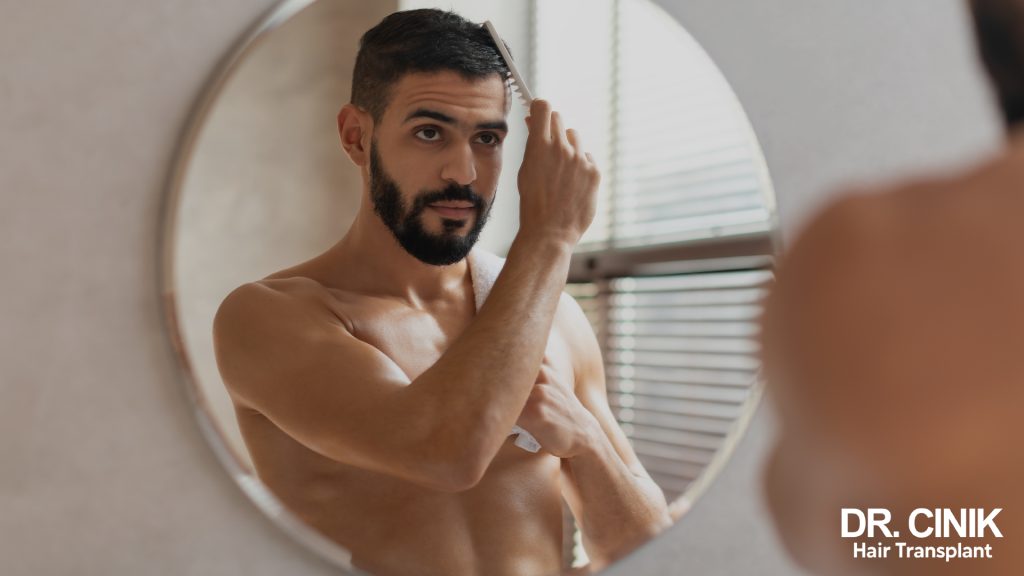
Summary
Having undergone a hair transplant, you might be eager to know how to groom and manage your new locks during the recovery and hair growth stages. To maximise the benefits of your hair transplant, it’s essential to heed these key guidelines.
When is it safe to visit the hairdresser or shave after a hair transplant?
You can safely trim the hair in the donor area, usually located at the back of the head, starting one month after the procedure. You can use clippers or scissors; the area should have fully healed by then.
However, it is advised to wait 6 months before cutting the hair in the transplanted area and using scissors is preferable. It’s worth noting that many patients undergo a phase of “shock loss” during the first month after the surgery. This is a typical response to the operation where some hair falls out temporarily. As the hair gradually regrows over the following months, you won’t need to style this area immediately.
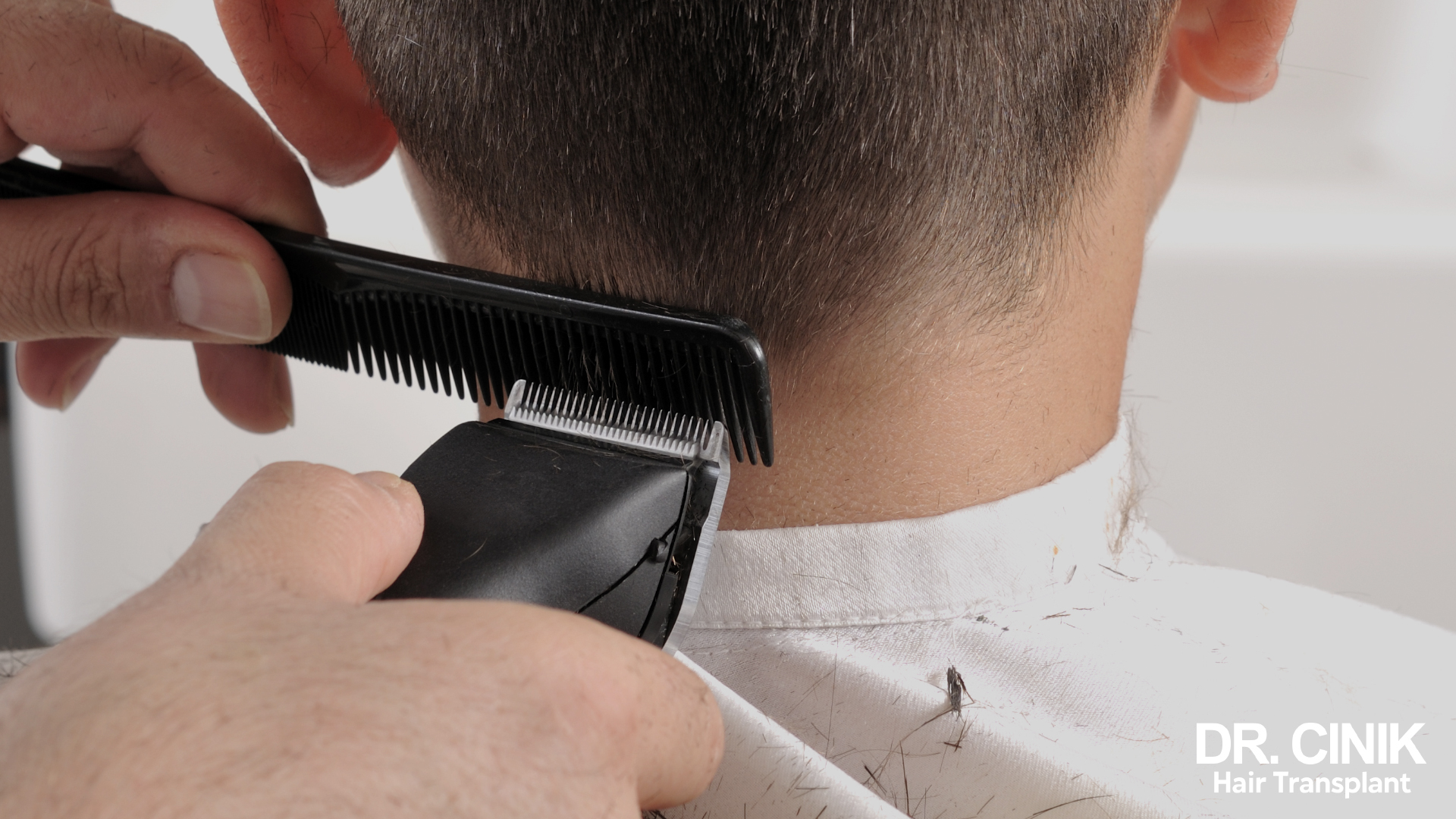
Choosing the Right Hairstyle After a Hair Transplant
Steer clear of low-quality styling products like gels, hairsprays, or inexpensive shampoos. The exact composition of these products is often unknown, and they could cause damage to your recovering hair. It is also strongly recommended to avoid hair colouring or bleaching.
While you can select any hairstyle that suits your preference, many patients prefer a short haircut. A cropped style can effectively mask the varying growth lengths between the donor and transplanted areas during the initial 8 to 12 months as your hair begins to blend uniformly.
For those choosing to grow their hair longer and wishing to tie it up, caution is advised. To minimise the tension that could strain your hair, go for a loose ponytail rather than a tight hairdo.
The Progress of Hair Regrowth Following a Hair Transplant
10 Days After: The Healing Process
In the first 10 days after the hair transplant, you’ll notice scabs forming on the tiny incisions—about the size of pinheads. There’s no need for concern, as these scabs will naturally shed on their own after a few days once the healing beneath them is finished.
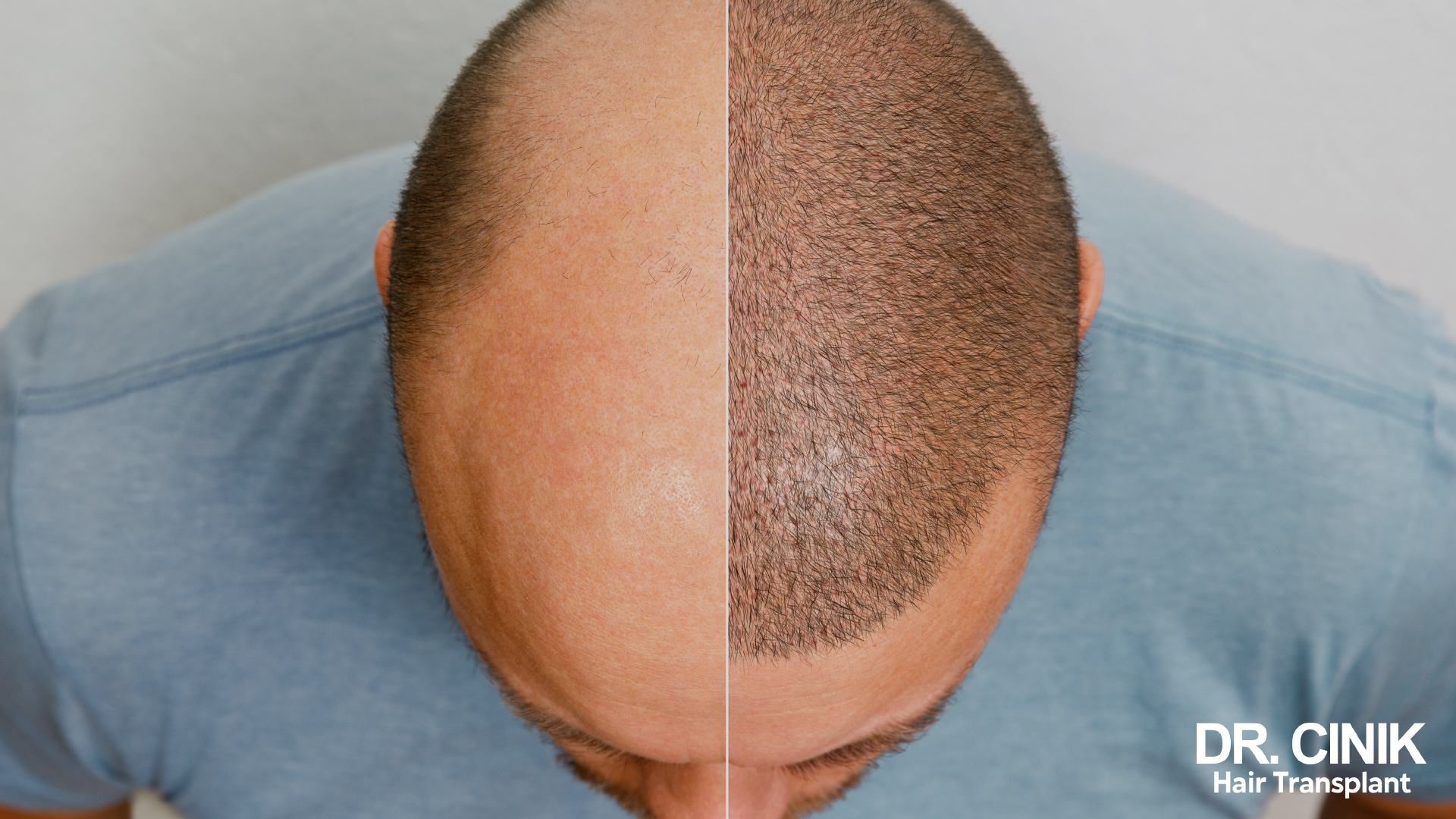
1 Month Post-Op: The Shock Loss
One month following the procedure, some patients may undergo what’s known as “shock loss”. This involves a sudden shedding of hair in the areas affected by the surgery, a reaction to the trauma endured by the scalp. It’s important to note that this condition is only temporary.
3 to 4 Months: The Dawn of New Growth
At about the 3rd to 4th-month mark, you’ll notice the first sprouts of implanted hair. Initially, they may appear fine, but expect them to gain thickness as time goes on gradually. Hair typically grows at a rate of about 1cm each month.
6 to 12 Months: Witnessing Progressive Density
The period between 6 months and a year post-transplant is characterised by a noticeable improvement in both hair density and coverage. While the transformation becomes more apparent, the final results are still on the horizon.
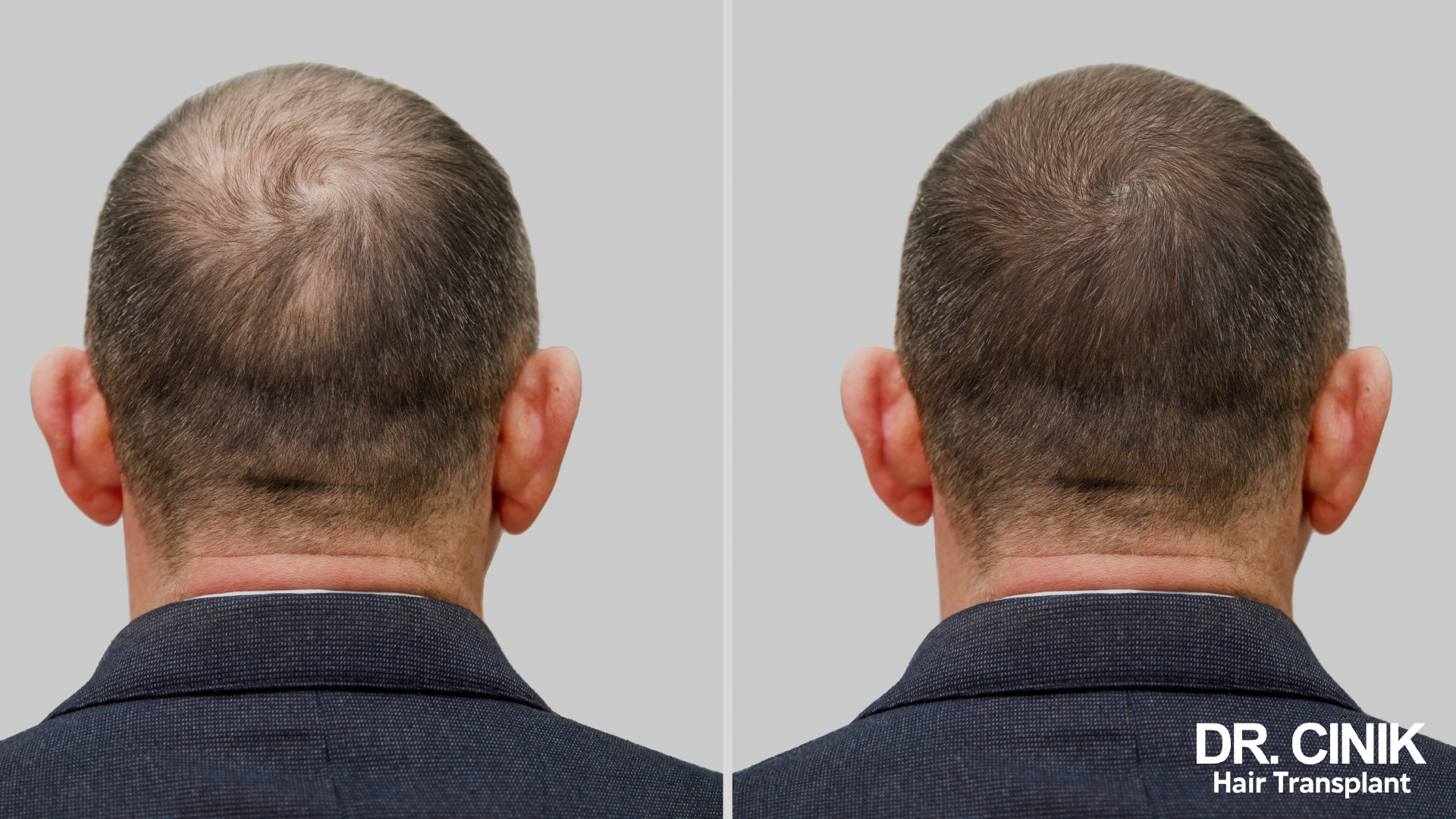
12 to 15 Months: Achieving the Final Outcome
Optimal results are typically seen between 12 and 15 months post-surgery, with the transplanted hair achieving natural density and appearance. At this stage, you have the freedom to choose any hairstyle that suits your fancy!

